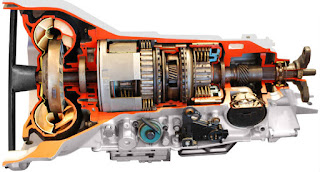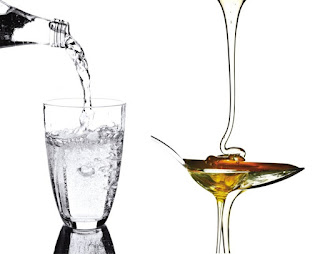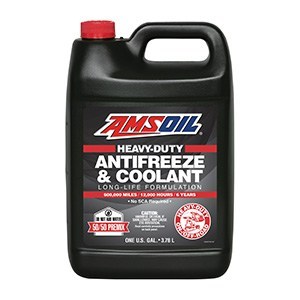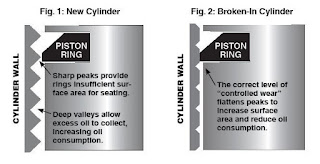The automotive industry’s latest specifications, ILSAC GF-6 and API SP, are now effective. AMSOIL is ahead of the game.
Original equipment manufacturers (OEMs) are under pressure to improve fuel economy and reduce emissions. As a result, most new engines today use some combination of turbochargers, direct-fuel injection and variable valve timing to deliver better fuel economy and increase horsepower.
The trend of lighter engine oils to achieve these goals continues with 0W-16 viscosities emerging in the market and 0W-12 and 0W-8 expected to follow. The industry has responded to these advanced engine technologies and ultra-light oil viscosities with two new oil specifications: ILSAC GF-6 and API SP.
The Split: GF-6A and B
The International Lubricant Standardization and Approval Committee (ILSAC) has set a new precedent in the passenger-car motor oil market by splitting its specification into two parts. One of the main differences between the two specifications is compatibility. See the chart below.
Both versions focus on wear protection, prevention of low-speed pre-ignition (LSPI) and improved engine cleanliness. However, GF-6B features a more stringent fuel economy test. Engine oils can easily be identified as ILSAC GF-6A or 6B by the API emblem on the front label of the packaging. A shield represents the GF-6B specification, while the traditional starburst indicates a GF-6A product. Both ILSAC specifications meet the industry-standard API SP specification which is most commonly found in owners’ manuals.
We Are Ready
Our claims about using advanced technology aren’t just talk, and this specification update proves it once again. AMSOIL synthetic motor oils already meet or exceed the new industry standards and require no change in formulation. This is not the first time we’ve been in this position. While the competition works on making major formulation adjustments, we are ready. Our product labels will soon feature the new specifications as inventories of current packaging are depleted.









































